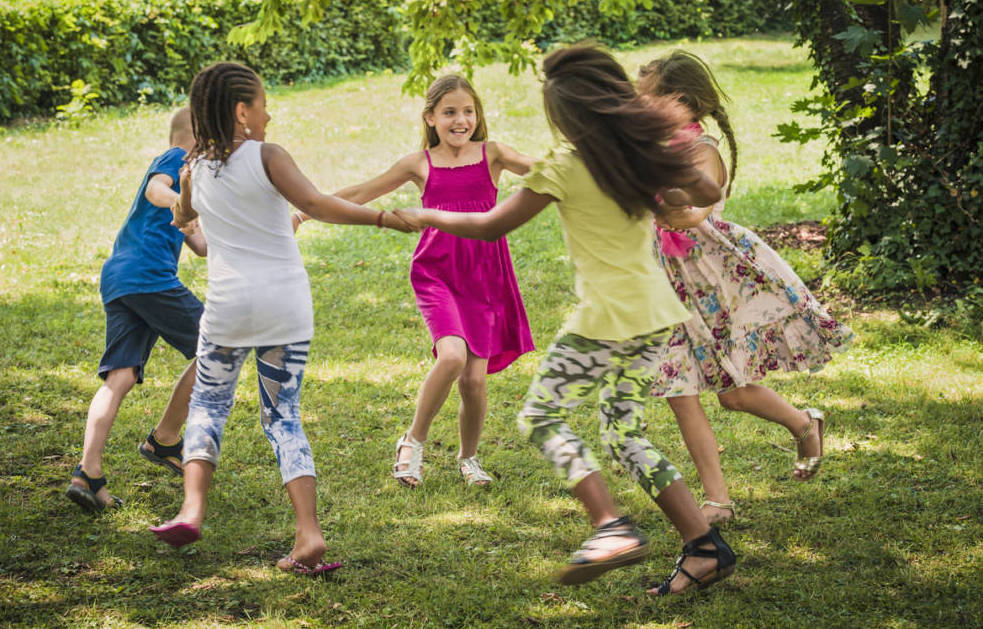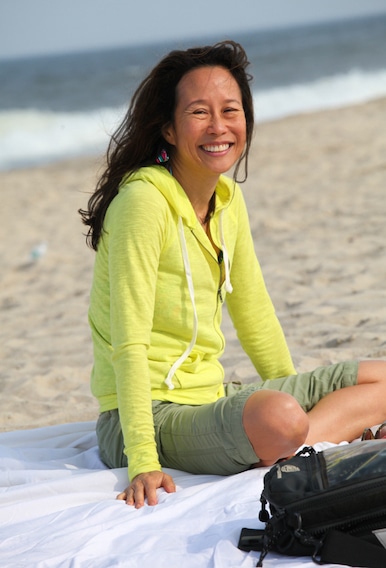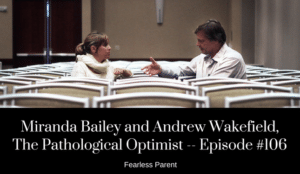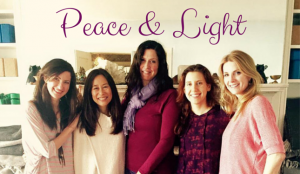We attend a Waldorf school for my son (almost 10), who is recovering from autism, and my daughter (7) who is neurotypical. I could not be happier!
As we navigated the best educational choices for our children, we struggled like many families do, to find the right fit. We began in a traditional public school.
My son started preschool just before his third birthday in early intervention and the program was a great fit for him at that time when he needed an autism specific classroom. My daughter followed suit and attended the same preschool program but as a “typical peer model.”
By the time my son was ready for kindergarten, he was in the midst of the heaviest part of his autism recovery and we felt he was ready for a charter school that was very math and science focused. He had a loving teacher and it was a wonderful year. Yet I did not agree with the large amount of homework and the incredibly fast paced environment. My son, and many of the other students, struggled with the pressure. Even my daughter who is very adaptable had a hard time in that high stress kindergarten environment.
In our state of Arizona, we have the choice of various charter school options.
This is the start of our third year in a Waldorf-inspired charter school and we have found our educational home. Each day’s schedule includes movement, music, art and a curriculum that feeds the nervous system rather than taxing it.
 In our school, there is one class for each grade level and the teacher typically stays with the students, not the grade. This provides important continuity. The teacher really gets to know the students. And my son is not required to get used to a new teacher and new kids each year. This is especially important for my son who struggles with changes in routine.
In our school, there is one class for each grade level and the teacher typically stays with the students, not the grade. This provides important continuity. The teacher really gets to know the students. And my son is not required to get used to a new teacher and new kids each year. This is especially important for my son who struggles with changes in routine.
By respecting each child’s level, teachers meet students where they are and bring them up. Since there is a great range in the student’s abilities, teachers must be flexible in order to customize instruction and keep each child engaged. It is amazing to see children getting what they need.
Integrating the whole child in their education. I find that many of the core concepts in a Waldorf education fit so well for children in general, but especially for my son with special needs. The inclusion and celebration of music and art adds so much dimension to the school experience. The rituals celebrated add a level of connectedness to our earth as we honor the various seasons of the year and their meaning physically and intellectually. Not to mention, the predictability is a big relief for my son who knows what to expect on the calender. There are also valuable lessons in critical thinking being taught as well.
The Waldorf-style core curriculum integrates many different aspects of learning. When students “study” math, they use their bodies, bounce balls, and MOVE while they learn. There is a strong focus on play as learning and using their bodies as much as possible
My son, who had severe fine motor delays, has flourished in “handwork,” which includes knitting and crochet. Working with both hands has had a positive impact on his brain. Knitting is so great for visual tracking as well as fine motor.
When it came time for him to start violin, I was worried that his loss of visual anchoring would impact his ability to play. He did wonderfully!
In cooking class my son is able to explore the aspects of math and reading that are so intimately entwined. His teachers help facilitate learning in the physical dimension: hands on and involved.
There is no “teach to the test” mentality here!
 Waldorf classroom environments are filled with calming, natural elements like incandescent lighting, and natural flowers. There are no chemical cleaners or perfumes, which is a welcome relief to my chemically and sensory sensitive child.
Waldorf classroom environments are filled with calming, natural elements like incandescent lighting, and natural flowers. There are no chemical cleaners or perfumes, which is a welcome relief to my chemically and sensory sensitive child.
Another aspect I love about our Waldorf inspired education is their focus on a healthy diet. While my son’s specific diet has placed us at odds with his peers in other school settings, in this environment we are no longer misfits. Our “strange” diet of whole foods, no refined sugars, or gluten, dairy or soy is actually the norm. Healthy school snacks, lunches and treats are specifically requested by the school.
Media is also something that is not encouraged in the younger grades, which fits nicely with our own policy at home.
At this school, we have found a community of like minded individuals who have become an extended family. We are a small school, which means like it or not, everyone knows you. I have never before found a parent group with the cohesion of values like I have found here. The voices of the parents and the children are important in the school’s decision making process. There have been no fights or adversarial negotiations in our Waldorf Charter school. They have provided what my son needed from day one. My children feel safe to grow and explore since their peers support and encourage them, regardless of their abilities or weaknesses. They feel valued and respected, and best of all loved, in addition to being taught.
As parents we just want what is best for our children, to help them grow and learn in a way that fits their specific needs. What I have learned is that what may work for today may not work for tomorrow and we will adapt as necessary. But I can say that I am so thankful today that my children have access to the type of education they are receiving at our Waldorf-inspired charter.
It is exactly where we need to be in this moment and for that I am grateful.
Terri Hirning- is a mom, blogger (www.thirning.blogspot.com),and Autism recovery mentor. She is employed in the world of autism recovery for both New Beginnings Nutritionals and The Great Plains Laboratory. Her goal is to encourage and provide hope to other families and share the knowledge through her blog and speaking engagements.













What a wonderful article. Matthew is indeed flourishing. One would never guess he has special needs.
As a Waldorf trained teacher, parent of a children with special sensory needs, and a teacher of children diagnosed with ASD in regular education settings, it makes my heart glad to see you have found a home for your child. I was involved in a heart breaking situation for the last two years with a child who has been kicked around by his school district and treated very poorly. I wish his parents knew about Waldorf and could take him to a decent school that would meet his needs. The school that other parents and I started for our children 20 years ago is flourishing.But the waiting list is high and it is 20 miles away from their home district. They are back to homeschooling him. But he is very social and it is hard for him to have to go to a new school every year. He has had so many different situations and so many hardships because of his home district and the way they have handled things.
Well, good for you.
I have ASD (PDD-NOS) and my experience was horrible. I am extremely intelligent, but the Waldorf system systematically keeps children dumb.
All the “holistic treatment” I received consisted of massages, warm beeswax on my back, private eurythmics sessions (mostly “planting trees”), and painting trees.
Of course, that does NOTHING for autism. Only made things worse.
So, not only did I receive ZERO help for my autism, I didn’t receive any academic stimulation either. Be careful what you wish for!
I’m sorry that your educational experience wasn’t what you needed. Every child should be met where they are and their education differentiated and tailored for their needs. Some people thrive in highly structured environments, others crumble. It’s all part of the human experience – learning what your needs are and then advocating for them.